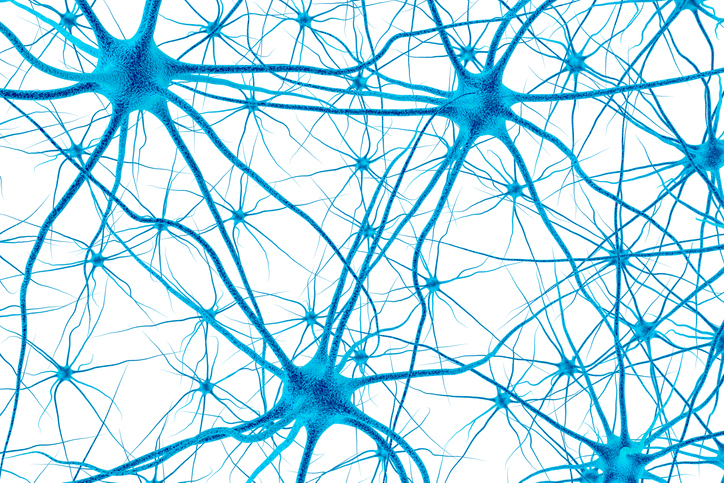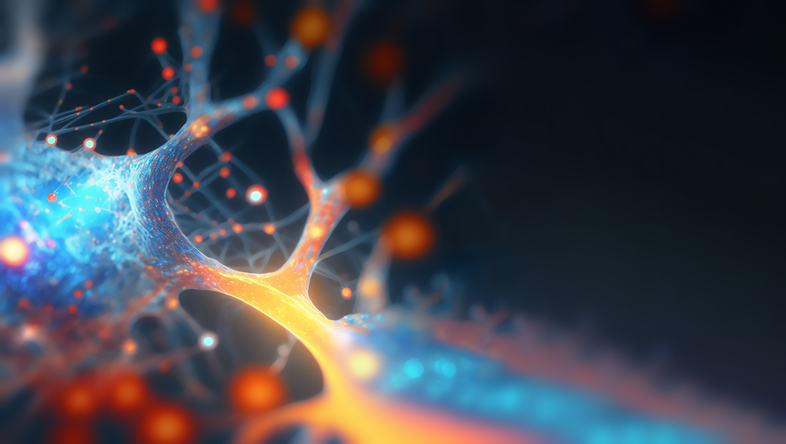Pain
Types of Neuropathy

Neuropathy involves damage or dysfunction of one or more nerves in the body. It is often classified based on the type or location of the affected nerves. The four main types of neuropathy are peripheral, cranial, autonomic and focal.
Peripheral neuropathy
Peripheral neuropathy affects the peripheral nerves, which are the nerves outside the brain and spinal cord. The most common symptoms are pain, numbness or weakness. These symptoms usually affect the hands and feet but can also affect other parts of the body. If neuropathy symptoms are present in the shoulders, hips, thighs or buttocks, the condition is referred to as proximal neuropathy. Causes of peripheral neuropathy include, but are not limited to, diabetes, autoimmune diseases, and tumors.
Cranial neuropathy
Cranial neuropathy affects the nerves that arise directly from the brain or brainstem. These nerves connect to areas of the head. Two specific types of cranial neuropathy are optic neuropathy, which involves the optic nerve that travels from the brain to the retinas of the eyes, and auditory neuropathy, which involves the nerve that travels from the brain to the inner ears. In addition to pain, numbness and weakness, cranial neuropathy can also cause drooping of one side of the face or blurred or double vision. Causes of cranial neuropathy include infections, tumors, and head injuries.
Autonomic neuropathy
Autonomic neuropathy affects the nerves that control involuntary bodily functions, such as circulation and digestion. Symptoms of this type of neuropathy vary widely depending on the affected nerves and organs. Symptoms can include dizziness and fainting, urinary problems, digestive issues, sexual dysfunction, and sweating abnormalities. The primary cause of autonomic neuropathy is diabetes; however, it can also develop as a result of other health conditions, such as autoimmune diseases, or the use of certain medications.
Focal neuropathy
When damage is limited to a single nerve, it is known as focal neuropathy. This most commonly affects a nerve in the hand, head, torso or leg. The symptoms of focal neuropathy typically include pain, numbness or weakness in the affected part of the body. Focal neuropathy usually involves a nerve that becomes trapped between bones and tissues. Carpal tunnel syndrome is a common form of this type of neuropathy.
In addition to these four types of neuropathy, the condition can also be classified by its cause or the number of nerves affected. For example, neuropathy that develops as a result of uncontrolled diabetes is referred to as diabetic neuropathy, and neuropathy that affects more than one nerve is referred to as polyneuropathy.
















